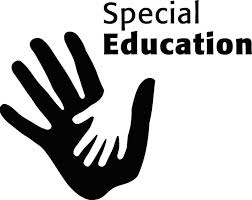 Special education, in its simplest terms, centers on the education of children or adults who have special learning needs, such as low hearing or vision, autism spectrum disorder, learning disabilities and ADHD.
Special education, in its simplest terms, centers on the education of children or adults who have special learning needs, such as low hearing or vision, autism spectrum disorder, learning disabilities and ADHD.
Teaching occurs in a manner that respects how these physiological, cognitive and/or behavioral differences affect a student’s learning. Special education teachers and other professionals have undergone training programs that prepare them in presenting a uniquely-designed curriculum that they are charged with helping their students master. Special education teachers and professionals make good use of tools such as individual and group lesson plans, modified equipment and materials, user-friendly accessories and equipment and other tools to help students.
Special education students have needs that can include, but are not limited to:
- Learning challenges
- Deficiencies in communication
- Behavioral or emotional issues
- Physical disabilities
- Developmental delay
In practically all of the civilized countries of the world there is an increasing trend of eliminating the barriers associated with special needs students. The goal of integrated and inclusive classrooms is to lessen the barriers between special-needs children and their peers, thereby rendering special education as a normal extension of the educational experience, rather than an separate learning experience.




